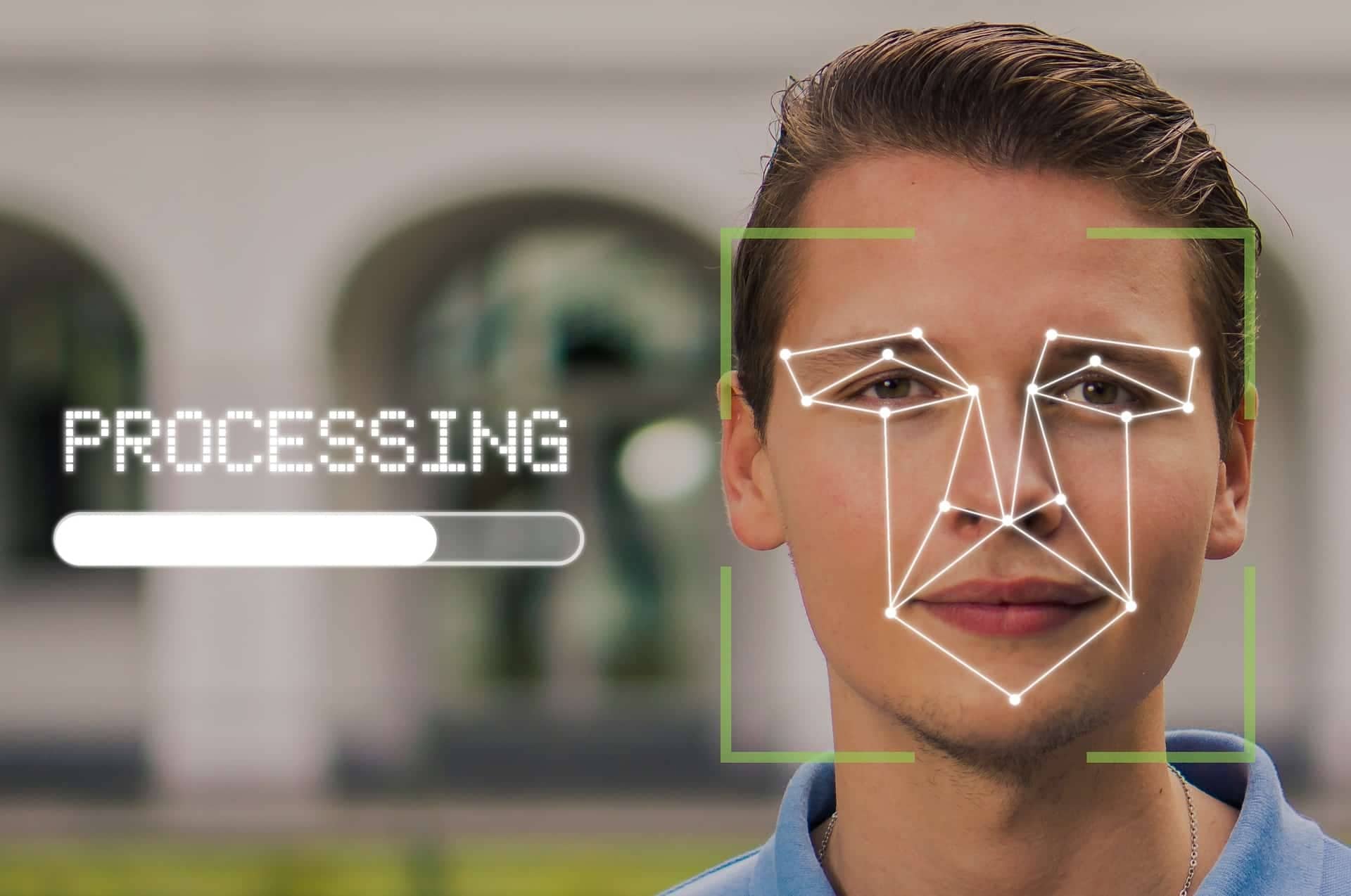Discover how Photoplethysmography revolutionizes health monitoring and enables personalized nutrition recommendations
Learn MorePhotoplethysmography: The science behind non-invasive health monitoring
Photoplethysmography (PPG) is an optical measurement technique that detects blood volume changes in the microvascular bed of tissue. It works by illuminating the skin with light from a light-emitting diode (LED) and then measuring the amount of light either transmitted or reflected to a photodiode.
PPG technology is based on a simple principle: blood absorbs light more effectively than surrounding tissue, so changes in blood volume affect light transmission or reflection. This allows PPG to detect your pulse and analyze various cardiovascular metrics.

PulseMeal uses your smartphone's camera and flash to perform PPG measurements. When you place your finger over the camera, the flash emits light that penetrates your skin. The camera then detects the reflected light, which varies with each heartbeat as blood pulses through your vessels.
Our advanced algorithms analyze these subtle light variations to extract valuable health information, including heart rate, heart rate variability, and other cardiovascular metrics that inform your personalized nutrition recommendations.

How PPG is revolutionizing health monitoring and personalized nutrition
PPG provides accurate, non-invasive heart rate measurements without the need for chest straps or other uncomfortable devices.
By analyzing subtle variations in the PPG signal, respiratory rate can be accurately determined through respiratory sinus arrhythmia.
PPG can estimate blood oxygen saturation (SpO2) by comparing light absorption at different wavelengths, similar to medical pulse oximeters.
Heart rate variability derived from PPG signals provides insights into autonomic nervous system activity and stress levels.
PPG can detect subtle changes in cardiovascular function that correlate with nutritional needs, hydration status, and metabolic health.
PPG enables continuous fitness monitoring during exercise and recovery, providing valuable data for optimizing training and nutrition.
Why PPG is the ideal solution for personalized health monitoring
PPG requires no needles, electrodes, or skin penetration, making it completely painless and safe for continuous monitoring.
With PPG technology integrated into smartphones, health monitoring becomes accessible to everyone without additional devices.
PPG provides immediate feedback about your physiological state, enabling real-time health assessments and recommendations.
Unlike occasional clinic visits, PPG enables continuous monitoring, providing a comprehensive picture of your health trends over time.
PPG-derived metrics help identify specific nutritional needs based on your current physiological state rather than generic recommendations.
By leveraging existing smartphone technology, PPG eliminates the need for expensive specialized medical equipment for basic health monitoring.
Answers to common questions about Photoplethysmography
PPG technology has been extensively validated in clinical studies and can achieve accuracy levels comparable to medical-grade devices when used under proper conditions. The accuracy of heart rate measurements is typically within 2-3% of ECG measurements, which is considered clinically acceptable for wellness applications.
Yes, PPG is completely safe. It uses low-intensity LED light, similar to what is used in television remote controls. The light intensity is well below safety limits and poses no risk to eyes or skin. PPG is non-invasive and doesn't involve any radiation or electrical current passing through the body.
While PPG technology is excellent for wellness monitoring and trend analysis, it is not intended to replace medical-grade diagnostic equipment. It serves as a complementary tool for daily health monitoring and early detection of potential issues that may require professional medical attention.
Several factors can influence PPG accuracy, including movement artifacts, poor perfusion (especially in cold conditions), skin pigmentation, and improper sensor placement. PulseMeal's algorithms incorporate advanced signal processing techniques to minimize these effects and provide reliable measurements.
Download PulseMeal and discover how PPG can transform your approach to health and nutrition
Download The App